Informational technology needs to be holistically integrated into our learning environments.
The integration of information technology into our unique learning environments can be greatly enhanced if we apply constructivist approaches. Such approaches could include, but are not limited to discovery learning, inquiry based learning, play-based learning and making. But they also include listening, reflecting, and taking the time to process. Essentially, we want our learners to become great thinkers. We want learners to take an active role in the learning process and move away from the passive regurgitation of information being passed from a teacher to a student. Effective infusion of information technology into our learning environments is an excellent way to achieve this.
In our world, information technology is not just a means to an end. It more about the information and how we use it that is the most important. How to find it, how to process it, how to use it, and how to build on it. The technology we use facilitates and re-shapes this use of information in many new ways. For instance, no longer are we following learning in a linear fashion, say, based on a textbook. Rather, we are working in flexible frameworks where learners can focus on big ideas, but follow their learning along multiple paths happening all at once in the learning environment.
We still will always need educators and other experts to guide our students to learn about their own unique contexts in social history, and fit this in with the big ideas. The effective implementation of informational technologies in holistic ways will expose the technology in authentic learning situations for learners.
Challenges
All too often there is a disconnect between holistic ways of using information technology, and what actually happens in the classroom or learning environment. Sometimes, those who dare to change up the status quo in these ways can also face dire consequences from others who strongly believe in traditional approaches to learning. Further, helping learners to organize themselves and self-regulate takes a lot of time. Sometimes we don’t have the time to facilitate personal connections. Other times, technology fails us or we just have a very limited knowledge of technology.
Benefits
The benefits of holistically integrating information technology include the ability to present information in different ways, engage in collaboration in and build collaboration skills that are required in our world. Building social connections, networking, referencing new information quickly, and building and receiving feedback are also necessary in a globalized world.
It is important to give yourself permission to be bold and innovative based on the needs and interests of your learners. What we want is to integrate holistic strategies in our instructional practice with appropriate technology and appropriate goals. Whether or not the community that your learners are in is considered technologically literate is a moot point, because other communities are. Our learners will all be going out into the world and will need important skills that absolutely involve technology.
To apply constructivist approaches to the integration of technology, we are facilitating opportunities for students to use technology while also pursuing their own interests and building on their own past experiences. We truly want to create holistic experiences for our students that will honour their differences and interests, while honing in their critical thinking skills for the future.
If we as educators do not understand that technology ourselves, then we will lose the ability to provide necessary learning opportunities for our learners.
Questions to ask ourselves
Beyond simple technology use, constructivist and holistic directions need to be considered. We can start with the questions. For instance,
- Are you promoting higher order thinking skills with the technology, or just promoting the finding of new facts?
- Are your assignments all ‘Google-able’? Can someone go online and find your assignment or a close rendition of it
- Are you allowing yourself, and your learners to create something brand new based on new paths of inquiry?
- Are you open to having students create assignments to promote flexibility and autonomy? Peer teaching and feedback? Still regularly monitored and facilitated by educators.
- Are you comfortable with role reversal? For instance, are your learners able to build new knowledge and teach and share this knowledge to benefit others?
- Who owns the learning?
In our next project, we will look a little deeper at how the holistic integration of informational technology can benefit your learners and your instructional practice.
Please check out the following video from Alan November:
[youtube width=”800″ height=”600″]https://www.youtube.com/watch?v=NRnex3ZuFo8[/youtube]

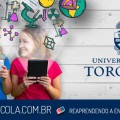


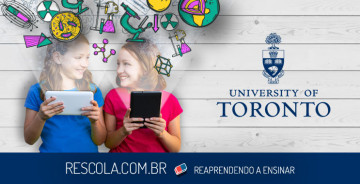
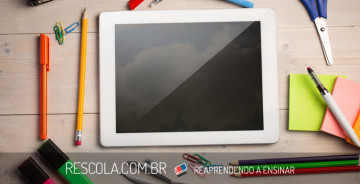


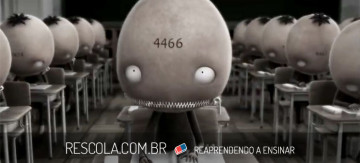

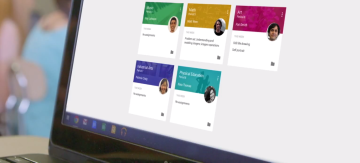


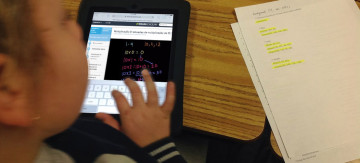
Estou muito orgulhosa por aprender mais sobre as tecnologias em sala de aula, só há qualidade de ensino quando nos propomos a aprender mais para ensinar.
Educar-se para Educar.
Excelente matéria.